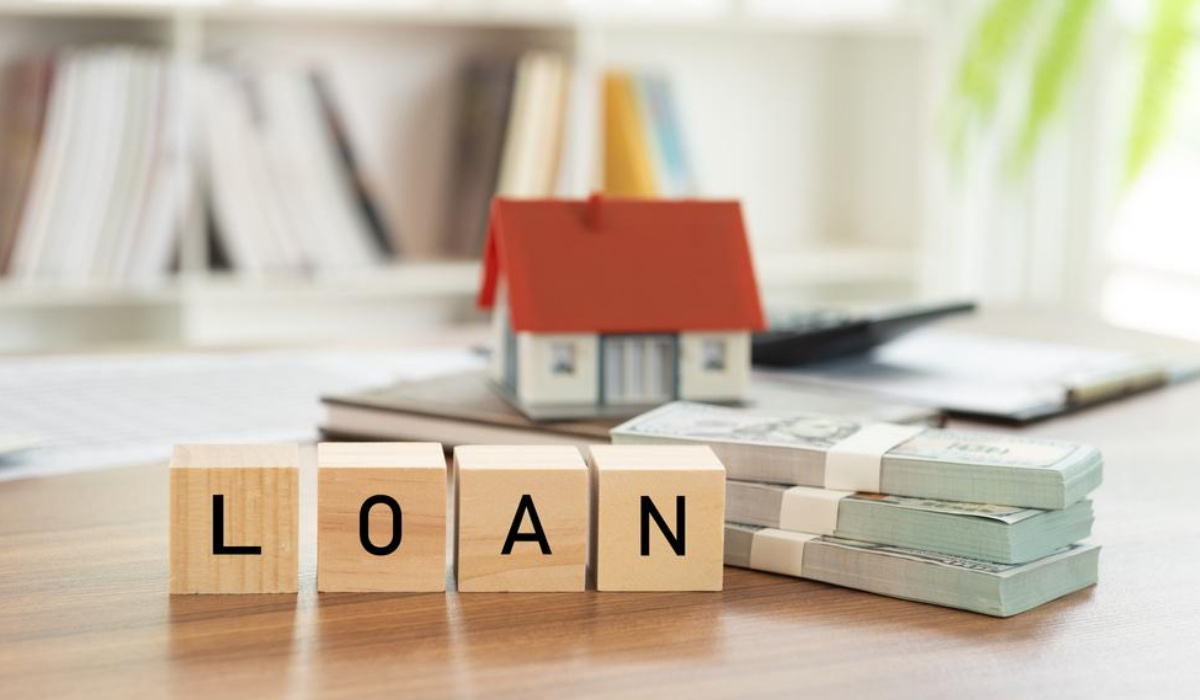 Debt is a widespread issue that can significantly impact an individual’s financial stability and overall well-being. Fortunately, the Canadian government offers various debt relief programs and services to assist those struggling with overwhelming debt. These initiatives aim to provide individuals with the necessary tools and resources to effectively manage their debts and ultimately improve their financial situations. This post will delve into the various debt relief Canada programs available, analyzing their benefits, eligibility criteria, and application process.
Debt is a widespread issue that can significantly impact an individual’s financial stability and overall well-being. Fortunately, the Canadian government offers various debt relief programs and services to assist those struggling with overwhelming debt. These initiatives aim to provide individuals with the necessary tools and resources to effectively manage their debts and ultimately improve their financial situations. This post will delve into the various debt relief Canada programs available, analyzing their benefits, eligibility criteria, and application process.
One notable debt relief program in Canada is the debt consolidation loan. A debt consolidation loan enables individuals to combine their multiple debts into a single loan with a lower interest rate. This program streamlines monthly payments and reduces the financial burden on individuals. To be eligible for a debt consolidation loan, applicants must have a stable income and a good credit score. The application process typically involves submitting financial documents, completing an application form, and undergoing a credit check.
Another prominent debt relief program is the debt management plan (DMP). This program involves working with credit counselling agencies to develop a realistic repayment plan. The agency negotiates with creditors on behalf of the debtor, aiming to reduce interest rates and waive late fees. Debtors enrolled in a DMP make single monthly payments to the agency, which distributes the funds to various creditors. To qualify for a DMP, individuals must have a steady income and a debt-to-income ratio within a certain range. An application for a DMP involves providing financial details, undergoing credit counselling, and agreeing to the proposed repayment plan.
For individuals experiencing extreme financial hardship, the government offers a debt relief program known as consumer proposals. A consumer proposal allows debtors to negotiate settlements with creditors in which they agree to pay back a portion of their debts over a specified period. This program provides individuals with an opportunity to avoid bankruptcy while still addressing their debts. Qualification for a consumer proposal depends on the magnitude of the individual’s debt and their ability to make reasonable payments. The application process entails working with a licensed insolvency trustee who assists in drafting the proposal and submitting it to creditors.
Furthermore, the Canadian government offers debt relief programs specifically targeted at student loans. The Repayment Assistance Plan (RAP) is one such program designed to assist recent graduates who are struggling to repay their student loans. RAP offers flexible repayment options based on the individual’s income and family size. Eligibility for RAP depends on factors such as income, loan size, and residency. Students can apply for RAP through their provincial or territorial student loan office or through the National Student Loans Service Centre (NSLSC).
In addition to these government-sponsored debt relief programs, numerous non-profit organizations and credit counselling agencies offer their services to Canadian residents. These organizations provide debt counselling and financial education programs to help individuals develop the skills needed to manage their debts effectively. Some notable non-profit organizations in Canada include the Credit Counselling Society, Consolidated Credit Counselling Services of Canada, and Canadian Association of Credit Counselling Services.
Ultimately, debt relief programs and services in Canada offer a lifeline to individuals struggling with overwhelming debt. These initiatives provide individuals with various options tailored to their specific circumstances, be it debt consolidation loans, debt management plans, consumer proposals, or programs for student loans. Whether through the government or non-profit organizations, Canadians can access valuable resources and assistance to regain control over their financial situations and pave the way for a brighter future.


